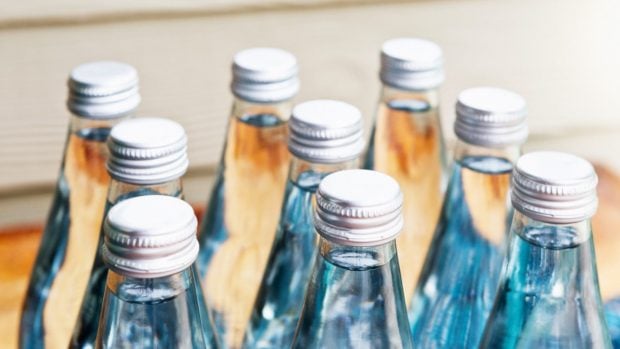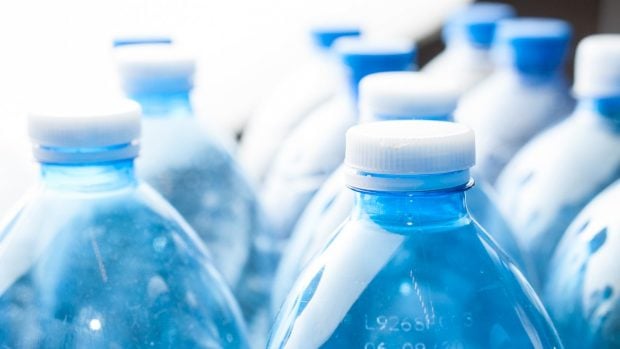Microplastics and nanoplastic in water bottles continue to talk, both in plastic and glass containersafter seeing how a doctor in Chemistry demonstrates with his students that this material is still present in glass bottles.
The plastic bottles have been in the spotlight of the detractors of this type of container, not only because of their very frequent presence in the environment, on Earth, seas and rivers, also for the substances that this material gives off both in the water or the liquids that containalso for its dissolution in the environment.
These containers, Not recovering properlyThey contaminate, but within their interior it also gives off substances such as bisphenol A (BPA), perfluoroalized substances and polyfluoroalilated (PFAS) or phthalates, which are Toxic.
Request for a hotelier
In this sense, Saúl Vallejos Calzada, a doctor of advanced chemistry at the University of Burgos, has shared through the Instagram account of the UBU polymers group of the same institution, a practical example of how they have discovered the presence of microplastics and other materials in the water bottled in glass. The striking thing is that the problem does not come from the glass.
Vallejos attended the request of a hotelier to which a large and usual group of clients required him to only serve water in glass bottles. The hotelier, “who is very ready,” according to the Doctor in Chemistry, told him that “I see things when I throw water from the glass bottle».
Asked the researcher to find out thatUé were those particles that were inside the waterrequesting that he filtered to know what they were. “With a lot of patience,” filtered 75 liters of bottled water in the laboratory with the help of their four master’s students.

Hidden materials
In the exhibition he shows in his Instagram post the result of the filtering of bottled water in a crystal container, but before he explains that «when opening the first bottle we already realized that, hidden, so that no one sees it, because it is death, We have a small polyethylene washer and a coating, inside the metal cap, of polyester».
Vallejos explains that these hidden materials They are “two plastic materials, of course, hidden so that no one sees them.” Below shows the result of the analysis of the 75 liters of water showing the filter with a four centimeters in diameter.
The filtering result is surprisingsince they see «all fibers, particles, microparticles that we find in that bottled water. This is real. It is our experiment. What was there? Well, there was everything. Much of what there were were aluminum particles. Of the aluminum of which the cap is made ».
Explains the chemist that «The grip between aluminum, metal and glass is why. It is not a good grip, so we need a plastic to have a grip in conditions ».
Generating a problem
The explanation of what has happened is that «We are generating a problem Because with the force with which we turn to open and close the bottle we are friction and we are detaching both particles of the plug coating and aluminum particles for trying to solve a problem ».
Vallejos affirms that with a solution “we are generating another problem”, showing photographs in which it is seen “perfectly the blue coating of the aluminum plug», Demonstrating that, with extended images, bottled water in a glass container also throws microplastics.
In this case, the conclusion is that the problem It does not come from the container materialthe crystal, we do not get rid of microplastics or aluminum because of the cap used and its materials to achieve tightness.


Also with plastic
Not happy with this result, Vallejos and his team of students They repeated the experiment with 75 liters of water from the plastic bottles PET With polyethylene plug of the same brand. The Instagram publication shows the result of the new filtration filter.
And the result is surprising. The filter was completely cleanwithout particles of any kind. Vallejos, in its Exhibition, then reflect: «Someone explain what problem there is another 75 liters of bottled water in plastic bottle. For trying to solve a problem that practically does not exist, we are generating it, ”concludes the researcher.










